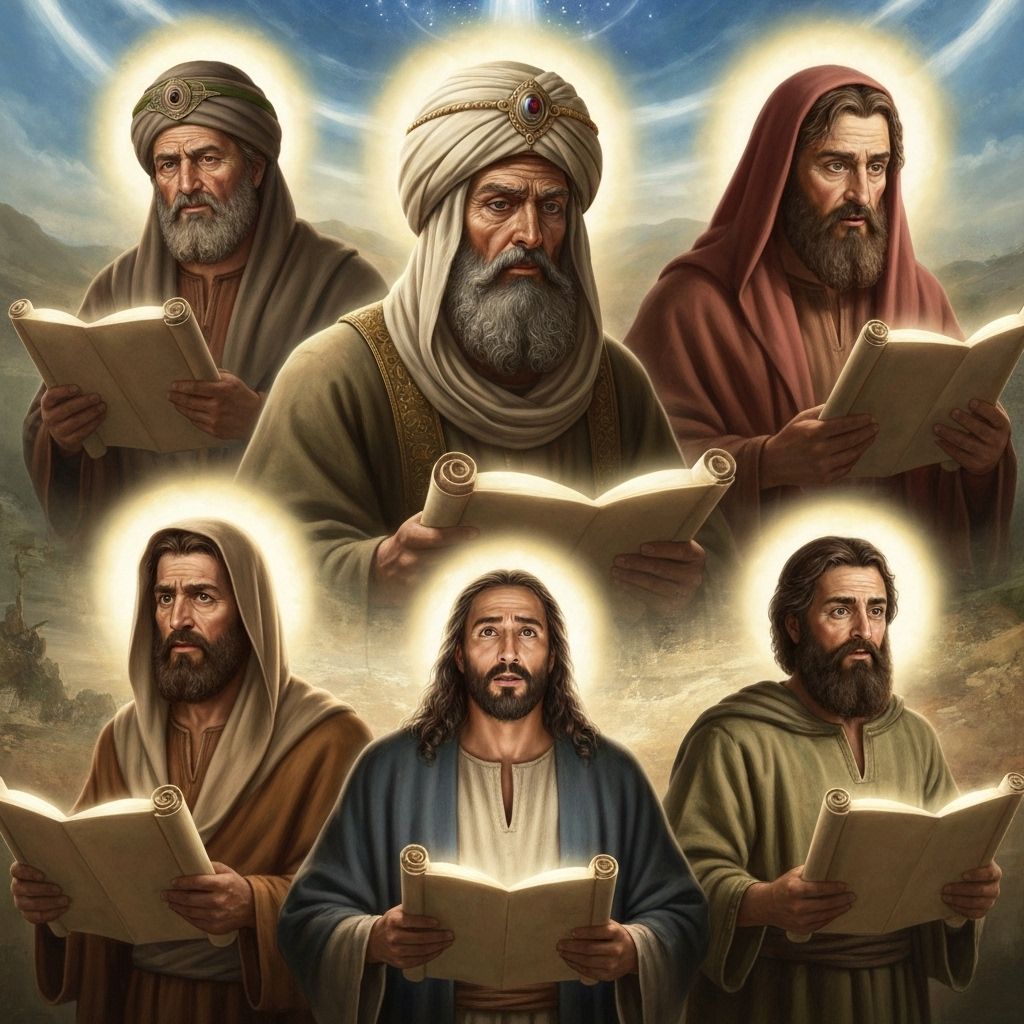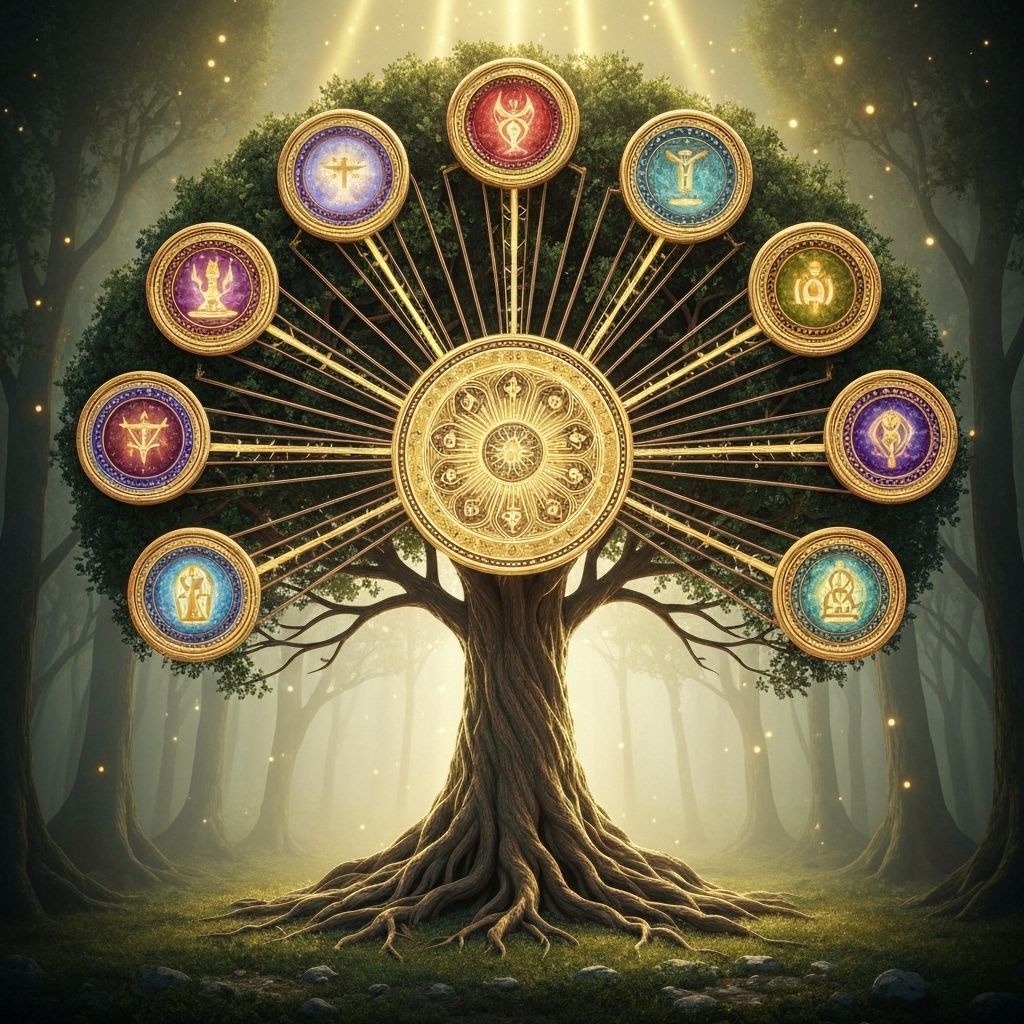3-Minute Summary
The Words of the Torah Explained with Help from Rashi and Ramban
Rashi (1040-1105) was a medieval French rabbi whose commentary on the Torah and Talmud is considered essential reading. His explanations focus on the plain meaning of the text and are known for their clarity and accessibility.
Ramban (1194-1270) was a Spanish rabbi, physician, and philosopher who provided deeper mystical and philosophical insights into the Torah, often building upon Rashi's work while adding his own profound interpretations.
The Levite census establishes their service roles, with specific age requirements and duties for transporting and maintaining the Mishkan. This shows that spiritual work has defined parameters and responsibilities.
The sotah ritual addresses suspected marital infidelity, requiring the woman to drink bitter waters that will reveal her guilt or innocence. This maintains marital sanctity while providing a path for reconciliation.
The Nazirite vow allows voluntary dedication to Hashem through abstinence from wine, hair cutting, and contact with the dead. This shows that spiritual elevation can be chosen and that different levels of commitment are possible.
The priestly blessing provides a structured formula for divine favor, showing that blessings should follow proper forms and be conveyed by authorized representatives.
The tribal leaders' dedication offerings celebrate the Mishkan's completion and establish communal participation in divine service. Each leader brings identical offerings, showing equality in spiritual contribution.
The eight-day dedication emphasizes thorough consecration and divine acceptance. The increasing offerings each day show progressive sanctification and growing divine presence.








